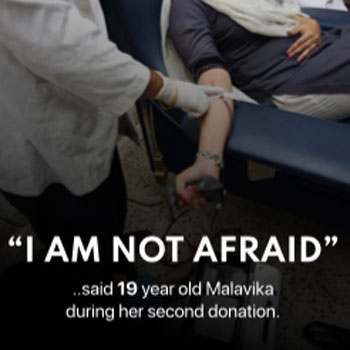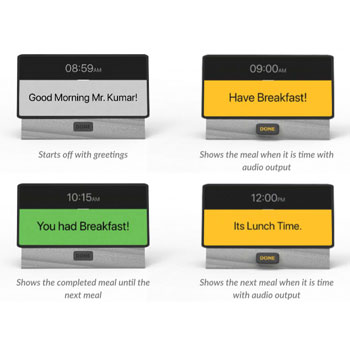India is currently experiencing a blood scarcity due to a lack of voluntary donors and a reduction in the frequency of regular donors, who are concerned about the safety of visiting a facility and donating blood following the pandemic. A significant portion of the adult population is unaware of the need and seriousness of the problem and frequently succumbs to misunderstandings, resulting in no donation. By studying the common trends and demographics of periodic donors, as well as the level of awareness that people have in this sector, this project aims to better understand how to address the country's high demand for blood and low supply, as well as identify motivations that could help the situation. The primary objective of the study would be to devise how to bring in more first-time donors and encourage repeated donations to tackle the current shortage of blood in the country. Two types of studies, both qualitative and quantitative, were conducted. The findings from the study were mapped out and overlapped with the findings from existing literature to derive major conclusions. Based on these conclusions, the final output was created, which is a webspace that unifies existing platforms to provide a transparent experience for all user groups while making the general public aware of the necessity and benefits, clearing misconceptions, motivating and guiding the donors, and finally allowing the donation facilities to provide better outreach and experience to the donors. Evaluation criteria were also devised and planned for the future.


